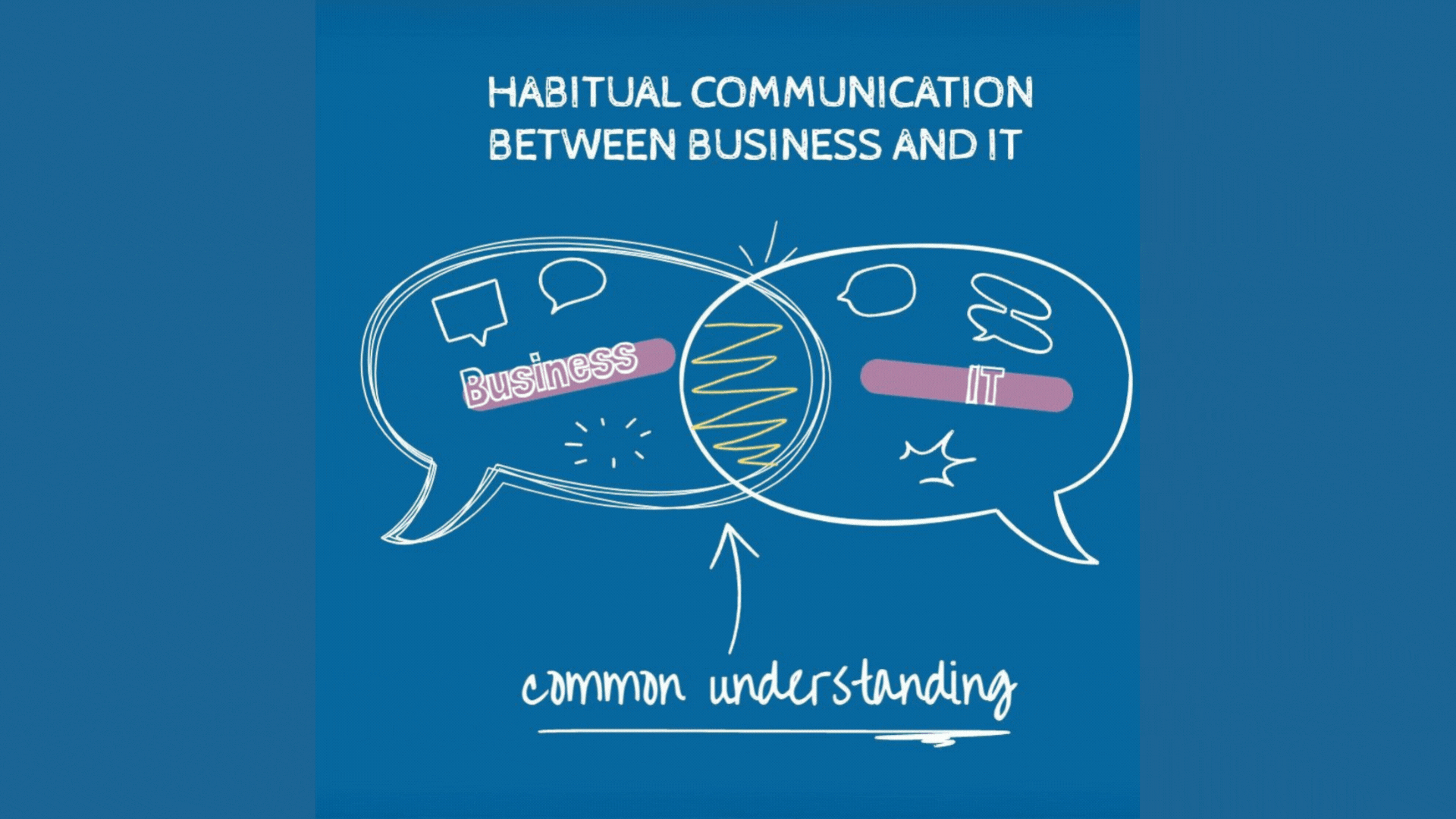Let’s acknowledge the elephant in the room: a significant gap often exists between the language of IT professionals and the language of business folks. This gap can hinder the successful implementation of IT solutions that are crucial for business success. The key to bridging this gap lies in the concept of packaged capabilities. These are pre-designed solutions that translate complex IT lingo into understandable and actionable business terms.
Understanding Packaged Capabilities
Packaged capabilities are essentially off-the-shelf micro-solutions that are designed to meet specific business needs. They are developed by IT professionals with a deep understanding of both the technical and business aspects of an organization. This dual expertise allows them to translate complex IT concepts into language and solutions that business leaders can understand and implement.
The beauty of packaged capabilities lies in their simplicity. They remove the need for business leaders to understand the intricacies of IT language and systems. Instead, they provide clear, actionable solutions that can be easily integrated into existing business processes. This not only saves time and resources but also ensures that the implemented solutions are effective and efficient while letting IT as owner of them.
The Role of Packaged Capabilities in Business Success
Packaged capabilities play a crucial role in business success. They enable businesses to leverage the power of IT without the need for extensive technical knowledge.
By using packaged capabilities, businesses can quickly and easily build IT solutions that improve efficiency, increase productivity, and drive growth. These solutions can range from simple software applications to complex systems for data analysis and decision making. The key is that they are designed to meet the specific needs of the business, ensuring that they deliver maximum value.
Translating IT Lingo into Business Success
The translation of IT lingo into business success is a multi-step process. It begins with the identification of business needs and objectives. This is followed by the selection of appropriate packaged capabilities that can meet these needs. The final step is the integration of these capabilities into the business processes.
Each of these steps requires a deep understanding of both the business and IT aspects of the organization. This is where the expertise of IT professionals comes into play. They not only understand the technical aspects of the solutions but also how these solutions can be used to achieve business objectives.
1. Identifying Business Needs and Objectives
The first step in the translation process is the identification of business needs and objectives. This involves a thorough analysis of the business processes and users’ expectations. The aim is to identify areas where IT solutions can provide a competitive advantage.
Once the needs and objectives have been identified, they are translated into technical requirements. These requirements serve as the basis for the selection of appropriate packaged capabilities. They ensure that the selected solutions are aligned with the business objectives and can deliver the desired results.
2. Selecting Appropriate Packaged Capabilities to Not Reinvent the Wheel
The selection of appropriate packaged capabilities is a critical step in the translation process. It involves a careful evaluation of the available capabilities in terms of their technical features, roles and permissions, and potential impact on business performance.
The selection process also involves a cost-benefit analysis. This involves comparing the cost of development a new capability with the potential benefits of leveraging an existing one. The aim is to select a capability that delivers maximum value for the investment.
3. Integrating Packaged Capabilities into Business Processes
The final step in the process is the integration of the selected packaged capabilities into the business processes. This involves a careful planning and execution process to ensure that the integration is smooth and seamless.
The integration process also involves training the staff on the use of the new solutions. This ensures that they can effectively use the solutions to improve their performance and contribute to the overall success of the business.
Conclusion
In conclusion, packaged capabilities offer a powerful tool for translating IT lingo into business success. They simplify the process of implementing IT solutions, making it accessible to business leaders with limited technical knowledge. By leveraging the power of packaged capabilities, businesses can drive efficiency, productivity, and growth, ensuring their success in the competitive business landscape.
However, the successful implementation of packaged capabilities requires a proper Orchestration Platform, like Olympe, acting as a dictionary between IT and Business and ensuring proper lifecycle management of the developed business solutions.

Connect What You Have, Create What You Need – Now.
 April 25, 2024
April 25, 2024 